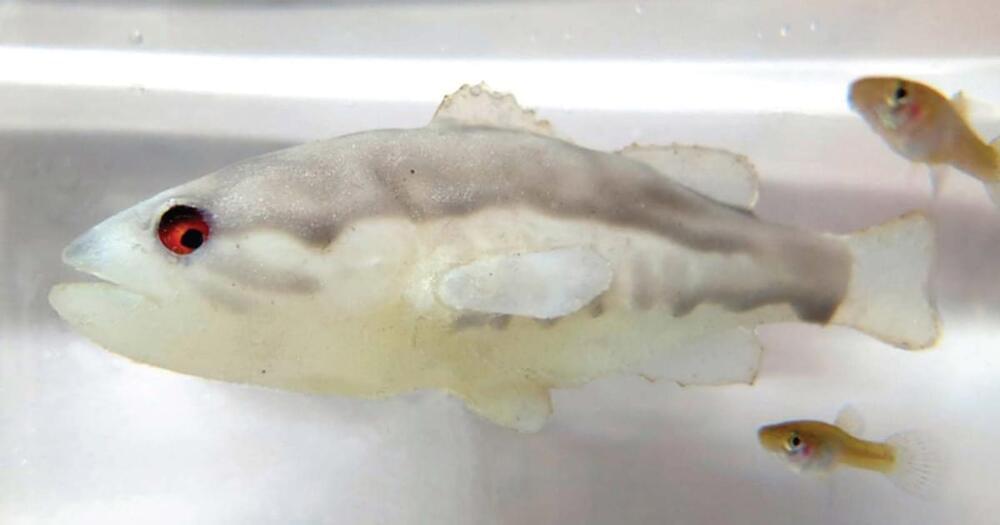When technology allows you to do things by just thinking, it provides a massive boost to people whose functional independence has been taken away.
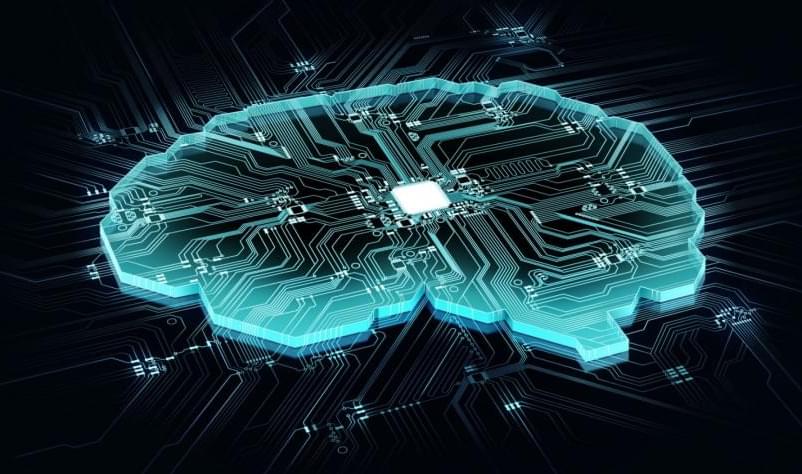

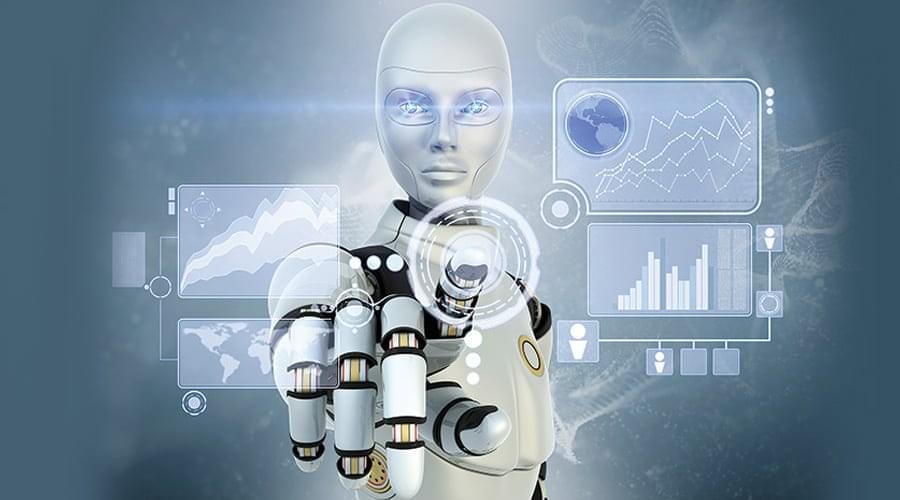
As robotics is growing, tech enthusiasts are looking beyond the story of the evolution of robotics and learning deeply about what is robotics. This article deals with the robotics evolution.
A magnetic field can be used to switch nanolasers on and off, shows new research from Aalto University. The physics underlying this discovery paves the way for the development of optical signals that cannot be disturbed by external disruptions, leading to unprecedented robustness in signal processing.
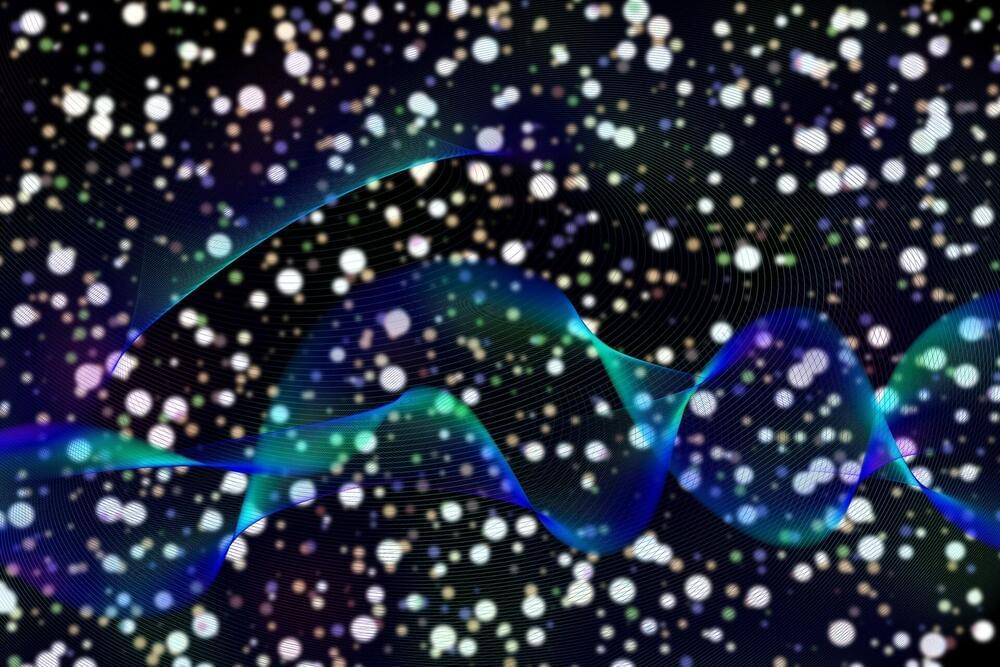
A magnetic field can be used to switch nanolasers on and off, shows new research from Aalto University. The physics underlying this discovery paves the way for the development of optical signals that cannot be disturbed by external disruptions, leading to unprecedented robustness in signal processing.
Lasers concentrate light into extremely bright beams that are useful in a variety of domains, such as broadband communication and medical diagnostics devices. About ten years ago, extremely small and fast lasers known as plasmonic nanolasers were developed. These nanolasers are potentially more power-efficient than traditional lasers, and they have been of great advantage in many fields—for example, nanolasers have increased the sensitivity of biosensors used in medical diagnostics.
So far, switching nanolasers on and off has required manipulating them directly, either mechanically or with the use of heat or light. Now, researchers have found a way to remotely control nanolasers.
New Customers Exclusive – Get A Free 240gb SSD at Micro Center: https://micro.center/f73724
Check out the Micro Center x ASUS Custom PC Builder: https://micro.center/929cf7
Get your Crucial P5 Plus NVMe SSD today at:
https://crucial.gg/LinusTechTips.
It’s not a microbrewery, it’s the Nanosys manufacturing facility where quantum dots are made! James takes on a tour of the chemical reactors and cool color science that are creating industry leading HDR experiences on our TVs and monitors.
Buy Samsung 32″ Odyssey G7 Curved Gaming Monitor.
On Amazon: https://geni.us/wZGJ2b.
On Best Buy: https://geni.us/BasHQ
On Newegg: https://geni.us/pB6v.
Purchases made through some store links may provide some compensation to Linus Media Group.
Discuss on the forum: https://linustechtips.com/topic/1396266-this-boiling-liquid-…lity-tour/
IRonCub is equipped with jet engines that will help make it fly.
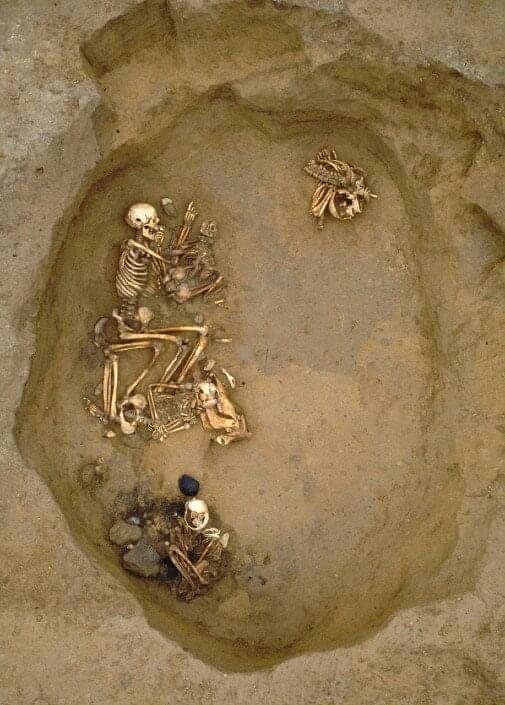
A major new study of ancient DNA has traced the movement of people into southern Britain during the Bronze Age. In the largest such analysis published to date, scientists examined the DNA of nearly 800 ancient individuals.
The new study, led by the University of York, Harvard Medical School, and the University of Vienna, shows that people moving into southern Britain around 1300‒800 BC were responsible for around half the genetic ancestry of subsequent populations.
The combined DNA and archaeological evidence suggests that, rather than a violent invasion or a single migratory event, the genetic structure of the population changed through sustained contacts between mainland Britain and Europe over several centuries, such as the movement of traders, intermarriage, and small scale movements of family groups.
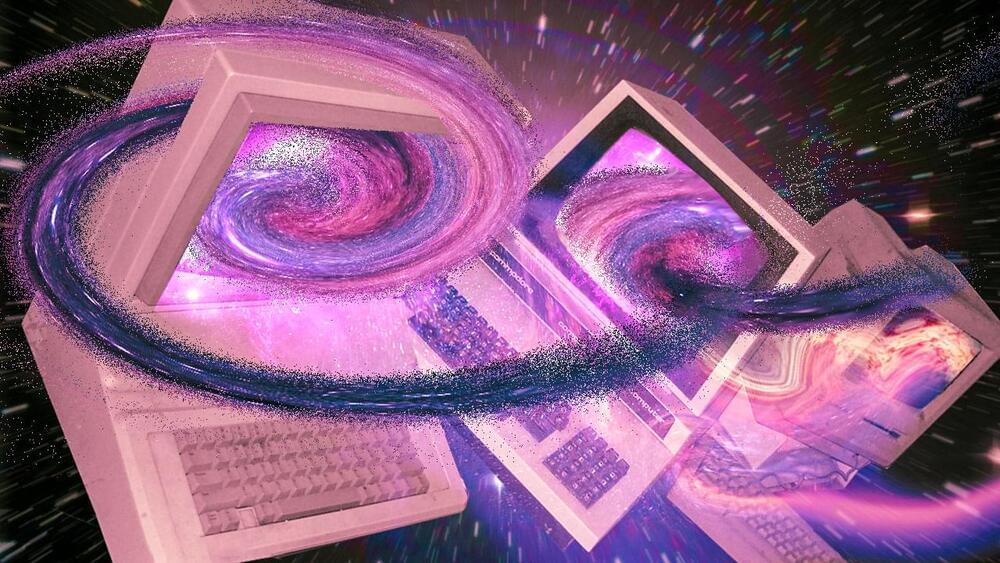
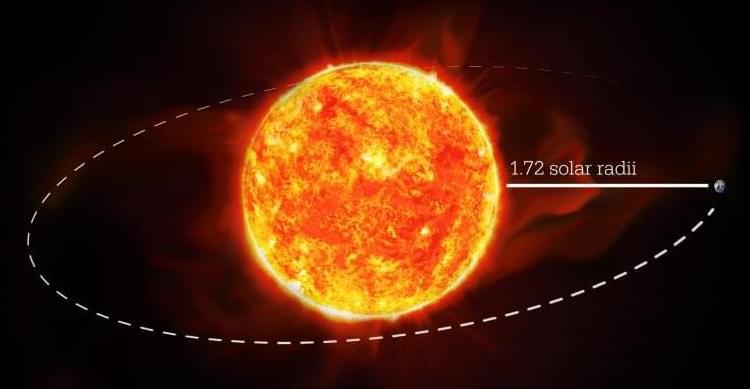
Mars-sized object orbiting extremely closely to an M-dwarf star has been validated using the Penn State Habitable-zone Planet Finder (HPF). The planet, which was originally classified as a false positive in an automated search of data collected by the Kepler space telescope, is about half the size of Earth and is so close to its host star that it orbits in less than 10 hours. If it were orbiting a star the size of our sun it would be skimming the star’s corona—the aura of exceedingly hot plasma.
Plasma is one of the four fundamental states of matter, along with solid, liquid, and gas. It is an ionized gas consisting of positive ions and free electrons. It was first described by chemist Irving Langmuir in the 1920s.

The modern electric vehicle renaissance has been hampered from day one by the physical limitations imposed by the current state of battery technology. Inefficiencies in the form of heavy battery packs and low power densities have long limited not just the range and performance of EVs but the very forms they can take — there’s a reason Tesla started with a Roadster and not a Cybertruck. But steady advancements in power systems over the past few years — alongside skyrocketing demand for larger, electrified vehicles which cater to the US market — has led to a watershed moment in 2021: the emergence of EV pickups and SUVs.
Yes, we all know the Model X exists and Tesla “did it first” — spare me your tweets — however, the sheer number and variety of new, pure EV pickup and SUV models either ready to hit the showroom floor or in active development is staggering compared to just a few years ago. Let’s take a look at some of this year’s standouts.
GM is betting big on its proprietary Ultium battery technology, investing $35 billion in self-driving and EV technologies through 2025. The company has also announced that it intends to sell 30 EV models by the end of 2025 and EVs exclusively after 2035 with the 1,000 horsepower GMC Hummer EV serving as its vanguard offering.
